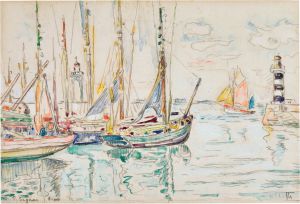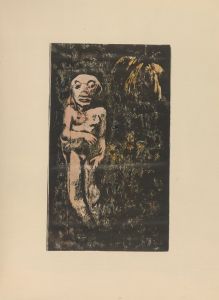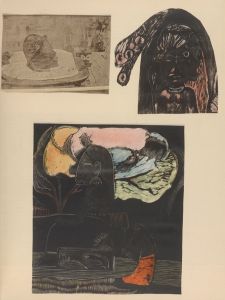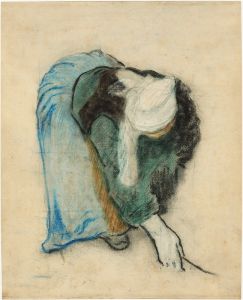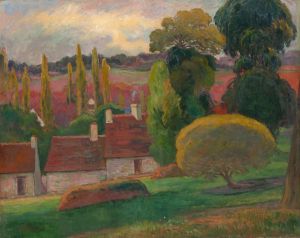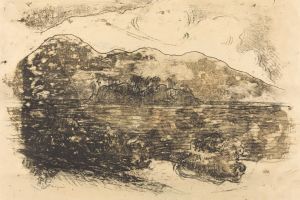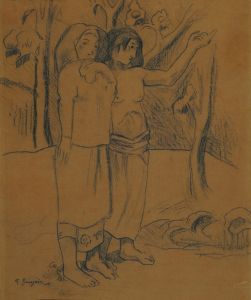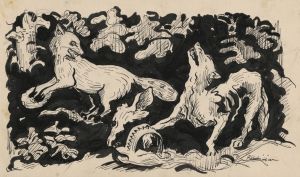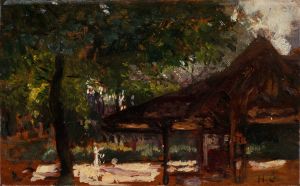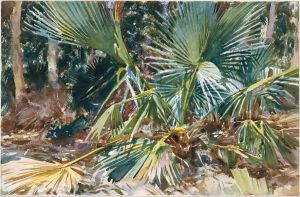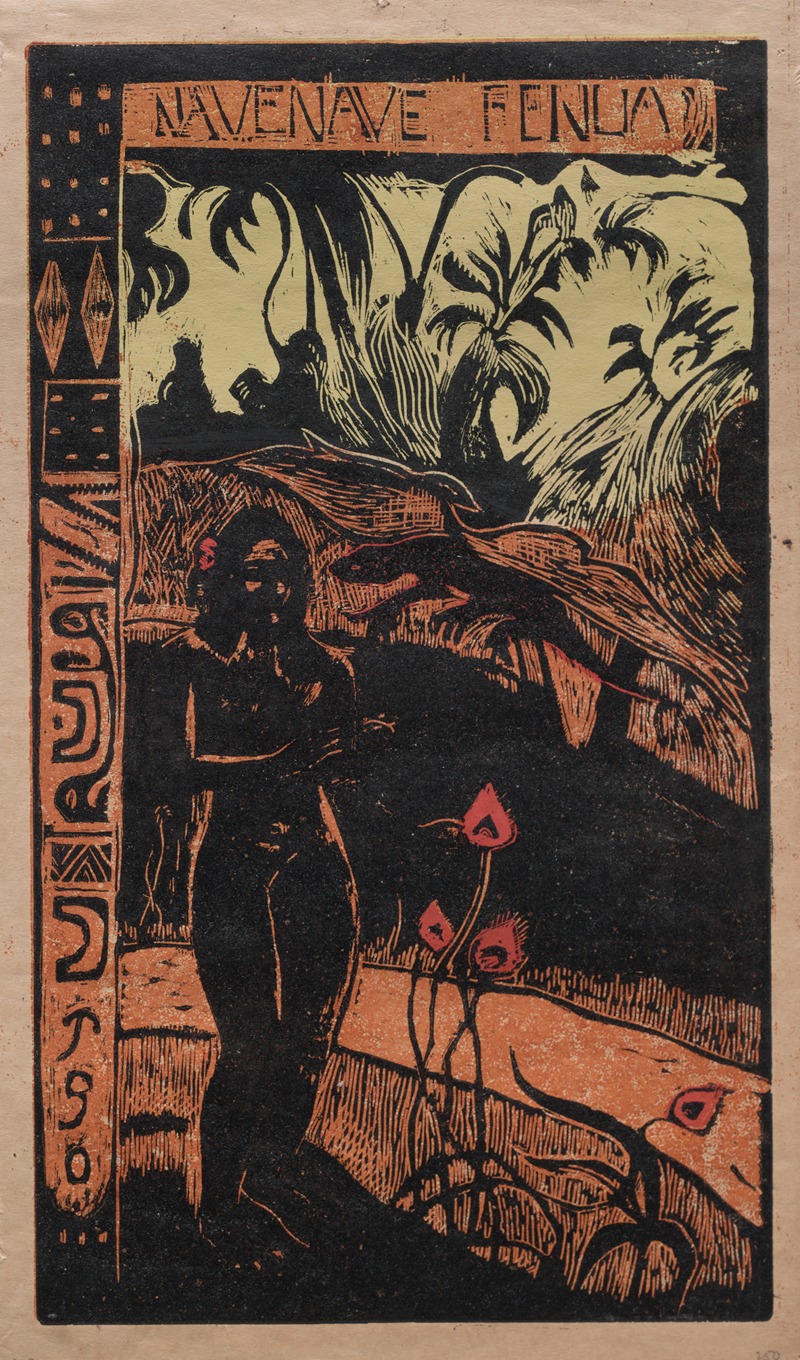
Nave Nave Fenua
A hand-painted replica of Paul Gauguin’s masterpiece Nave Nave Fenua, meticulously crafted by professional artists to capture the true essence of the original. Each piece is created with museum-quality canvas and rare mineral pigments, carefully painted by experienced artists with delicate brushstrokes and rich, layered colors to perfectly recreate the texture of the original artwork. Unlike machine-printed reproductions, this hand-painted version brings the painting to life, infused with the artist’s emotions and skill in every stroke. Whether for personal collection or home decoration, it instantly elevates the artistic atmosphere of any space.
"Nave Nave Fenua" is a painting created by the French post-impressionist artist Paul Gauguin in 1892. The title of the painting translates from Tahitian to "Delightful Land." This work is part of Gauguin's extensive body of work produced during his time in Tahiti, where he sought to escape European civilization and immerse himself in what he perceived as a more primitive and pure culture.
Paul Gauguin first traveled to Tahiti in 1891, and his experiences there profoundly influenced his artistic style and subject matter. "Nave Nave Fenua" reflects Gauguin's fascination with the Tahitian landscape and its people. The painting depicts a lush, tropical scene with vibrant colors and simplified forms, characteristic of Gauguin's style during this period.
In "Nave Nave Fenua," Gauguin employs a bold use of color and a flattened perspective, which were influenced by his exposure to the art and culture of Tahiti. The painting features a group of Tahitian women in a serene, natural setting, surrounded by the rich flora of the island. The figures are depicted with a sense of harmony and tranquility, embodying Gauguin's idealized vision of Tahitian life.
Gauguin's time in Tahiti was marked by a desire to break away from the conventions of Western art and to explore new ways of seeing and representing the world. He was particularly interested in the spiritual and symbolic aspects of the Tahitian culture, which he sought to incorporate into his work. This is evident in "Nave Nave Fenua," where the natural environment and the human figures are imbued with a sense of mysticism and reverence for the land.
The painting is also notable for its use of symbolism. Gauguin often included symbolic elements in his work to convey deeper meanings and to connect with the spiritual beliefs of the Tahitian people. In "Nave Nave Fenua," the lush landscape and the presence of the women can be interpreted as a celebration of the natural beauty and fertility of the land, as well as a reflection of the close relationship between the Tahitian people and their environment.
"Nave Nave Fenua" is part of a larger series of works that Gauguin created during his first stay in Tahiti, which lasted from 1891 to 1893. These works are characterized by their vibrant colors, bold compositions, and a departure from the realism that dominated much of Western art at the time. Gauguin's Tahitian paintings, including "Nave Nave Fenua," are considered some of his most important and influential works, and they played a significant role in the development of modern art.
Today, "Nave Nave Fenua" is held in the collection of the Musée d'Orsay in Paris, France. The painting is celebrated for its innovative use of color and form, as well as its ability to capture the essence of Gauguin's vision of Tahitian life. It remains an important example of Gauguin's contribution to the post-impressionist movement and his enduring influence on the art world.





